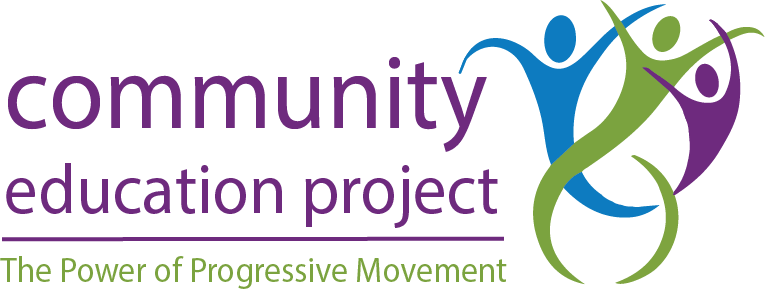Credit: Legacy Project
Connections: Schools (Social Studies, History, Language Arts, Art); Seniors Groups/Facilities; Community Groups.
What You Need: Copies of “One World, Many Traditions” sheets; paper and construction paper; pencil crayons and/or markers; scissors; tape. Optional — gold thread or string.
Doing It:
This is a time of year when people celebrate different holidays in different ways. In general, holidays are an example of public rituals. They organize the collective behavior of millions of people and lead us through the weeks, months, and years. Holidays bring us together and affirm values.
People throughout the world have different traditions and rituals depending on the country they live in, their cultural and ethnic heritage, their religion, and even their particular family. Celebrate the diversity of the world. Studying the beliefs, traditions, rituals, and institutions of a wide variety of peoples broadens our own humanity. This is an activity children can do, and it’s a great intergenerational activity (e.g. a class of students with a group of older adults in a seniors facility).
You might start by exploring some of the world’s major religions with children, since many traditions and rituals are based on religion. A great introductory book is What I Believe: A Young Person’s Guide to the Religions of the World by Alan Brown. It introduces Judaism, Christianity, Islam, Hinduism, Buddhism, Sikhism, Shinto, and Taoism through the eyes of young members of those faiths.
Use the “One World, Many Traditions” sheets to discuss some of the holidays that occur at this time of year.
You can also read some books related to the different holidays. Storybooks about Christmas: A Christmas Sampler by Joan Walsh Anglund; Christmas: Celebrating Life, Giving, and Kindness by Arlene Erlbach; A Christmas Treasury: Very Merry Stories and Poems by Kevin Hawkes; An Island Christmas by Lynn Joseph; Victorian Christmas by Bobbie Kalman; Christmas Around the World by Mary D. Lankford; The Night Before Christmas by Clement Clarke Moore; Twas the Night B’Fore Christmas: An African-American Version by Melodye Benson Rosales and Clement C. Moore; Baboushka: A Christmas Folktale from Russia by Arthur Scholey.
Storybooks about Hanukkah: On Hanukkah by Cathy Goldberg Fishman; The Borrowed Hanukkah Latkes by Linda Glaser; Light the Lights!: A Story About Celebrating Hanukkah and Christmas by Margaret Moorman; The Very Best Hanukkah Gift by Joanne Rocklin; Chanukah Lights Everywhere by Michael J. Rosen; Nine Spoons: A Chanukah Story by Marci Stillerman; The Magic Menorah: A Modern Chanukah Tale by Jane Breskin Zalben.
Storybooks about Kwanzaa: A Very Special Kwanzaa by Debbi Chocolate; My First Kwanzaa Book by Deborah M. Newton Chocolate; It’s Kwanzaa Time! by Linda Goss; Seven Spools of Thread: A Kwanzaa Story by Angela Shelf Medearis; Habari Gani? What’s the News?: A Kwanzaa Story by Sundaira Morninghouse.
Storybooks about Ramadan: Ramadan by Suhaib Hamid Ghazi; Celebrating Ramadan by Diane Hoyt-Goldsmith.
To do the activity, discuss the holidays people in the group celebrate. How many people celebrate which holidays? Discuss exactly how each person celebrates their holiday. What traditions and rituals do they have? How do the traditions and rituals of the older people differ from those of the younger people in the group?
Then, each person in the group draws a symbol to represent one aspect of their holiday traditions and rituals. Use the symbols suggested on the “One World, Many Traditions” sheets for inspiration. Each person’s symbol must be different. The idea is to demonstrate how traditions are shared and yet at the same time unique. Each person should make their symbol distinct in some way. If you have several people in the group who celebrate Christmas, for example, try to get each person to choose a different symbol (one that’s especially important to them). If more than one person chooses the same symbol, such as a Christmas present, try to make the symbols distinct. One person may open their presents on Christmas Eve while another opens them on Christmas Day. Have the former write “Christmas Eve” on their present symbol and the latter “Christmas Day.” Make sure each person puts their name on their symbol.
Once everyone has completed their symbol, cut the symbols out and tape them along the wall to celebrate the diversity of traditions and rituals. Or, hang each symbol from gold thread or string and decorate the room by having them drop from the ceiling.
